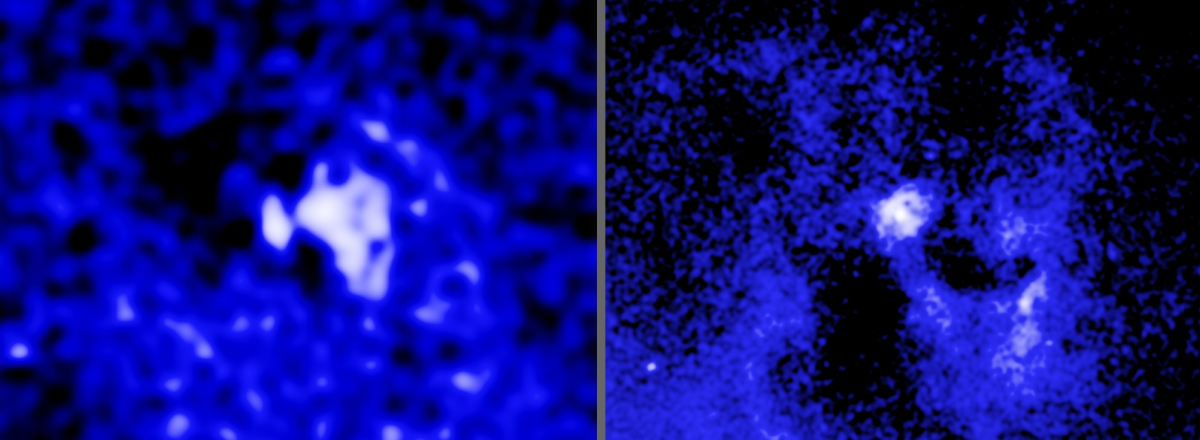Astronomers Discover 'Death Star' Black Holes Emitting Deadly Beams
These black holes emit jets of particles at sub-light speeds, and their trajectories are highly dynamic. Approximately one-third of these jets have notably altered their paths, with some shifts exceeding 45 degrees.

Astronomers have unveiled a startling discovery involving 16 supermassive black holes situated at the centers of galaxies, which are capable of emitting immensely powerful beams and altering their direction. This revelation comes from extensive observations made using NASA's Chandra X-ray Observatory and the Very Long Baseline Array (VLBA).
These black holes emit jets of particles at sub-light speeds, and their trajectories are highly dynamic. Approximately one-third of these jets have notably altered their paths, with some shifts exceeding 45 degrees. Remarkably, some changes have been as dramatic as nearly 90 degrees, occurring within a span of 1 to 10 million years.
The capability of these black holes to rapidly change the direction of their jets poses intriguing questions about their impact on their surrounding galaxies. As these jets shift, they may alter the star formation in their vicinity by impacting large areas with their energy, preventing the cooling of gas necessary for star creation. The beams' changing paths could lead to broad regions where star formation is suppressed.
This rapid realignment of the black holes’ jets is remarkably quick given the cosmic scale.
Further research will continue to explore these cosmic phenomena, as scientists seek to understand the mechanics behind the rapid reorientation of these jets and their long-term effects on galaxy structure and star formation.

